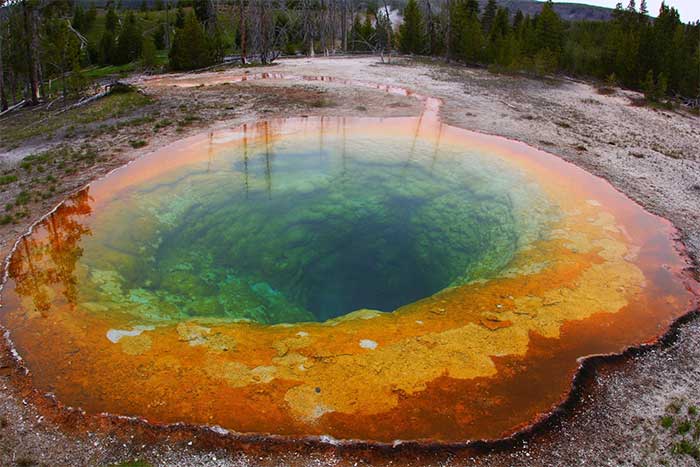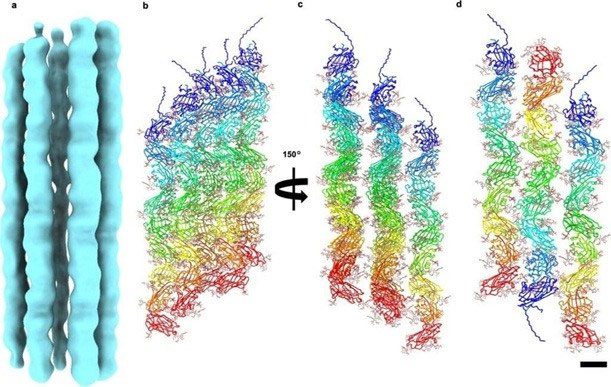The Sulfur Springs of Yellowstone National Park in the USA appear completely uninhabitable, yet some microorganisms thrive in these hot and highly acidic waters. Scientists have uncovered the secrets that allow them to survive in such extreme conditions.

The Sulfur Springs of Yellowstone National Park, USA
There are several geothermal hot springs in Yellowstone National Park, where the water can be considered almost like boiling acid. Humans would not survive long in such an environment.
However, certain microorganisms not only survive but thrive in this extreme setting. To understand how they manage this feat, an international research team studied an acid-loving archaeon known as Sulfolobus acidocaldarius.
This microorganism is a true champion of survival in harsh conditions. It demonstrates remarkable resilience at temperatures of 80 degrees Celsius in an extremely acidic environment. Furthermore, by oxidizing sulfur, Sulfolobus acidocaldarius produces pure sulfuric acid, allowing it to thrive in these conditions.
Using cryo-electron microscopy, researchers examined the enigmatic cells and discovered a previously unknown type of protein that forms incredibly sturdy hair-like structures.

This microorganism thrives at temperatures of 80 degrees Celsius.
Scientists isolated this protein from the cells, froze it at extremely low temperatures, and displayed it using transmission electron microscopy (TEM). This technique allowed them to create detailed three-dimensional images of the protein with atomic resolution.
It turns out that these hair-like structures consist of distinct segments shaped like tadpoles, where the “tail” of one segment interlocks with the “head” of the next segment.
Thanks to these “hairs,” individual archaeal cells can combine to form a stable biofilm, enabling them to maintain contact between cells, exchange genetic material, and continue acidifying their environment to ward off potential adverse factors.
This new data not only enhances our understanding of how tiny organisms survive in extreme environments but may also assist in the development of durable yet biodegradable nanomaterials.


















































